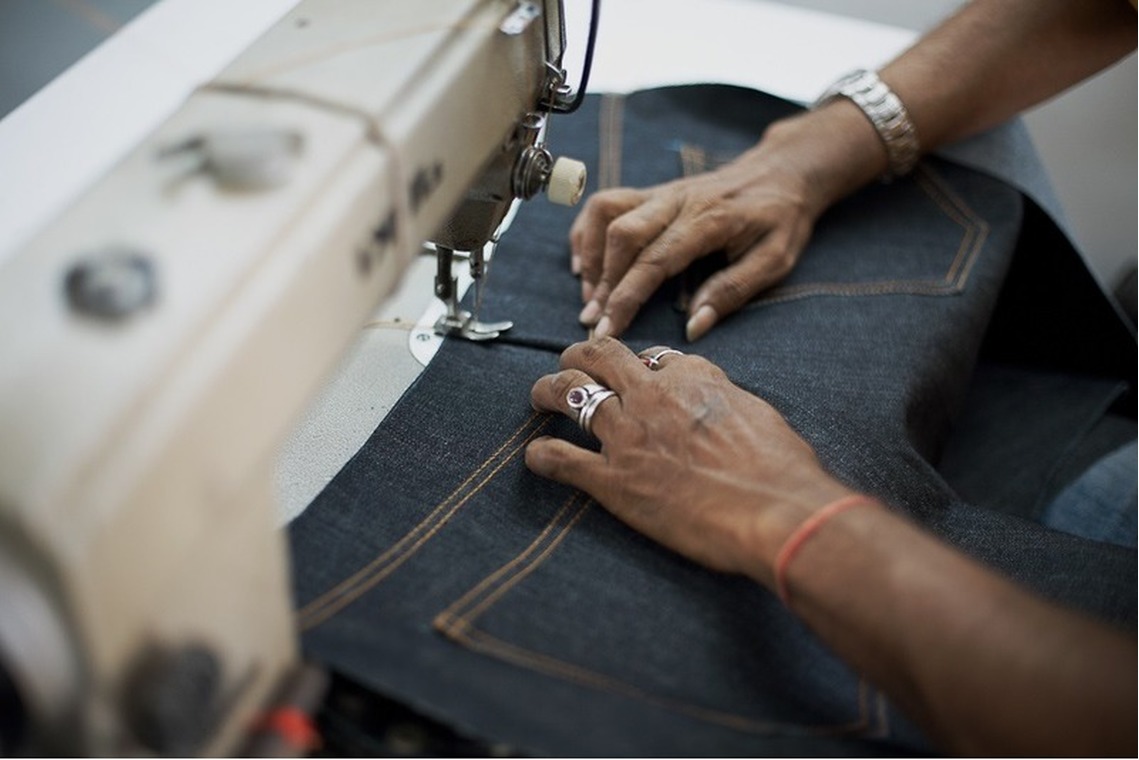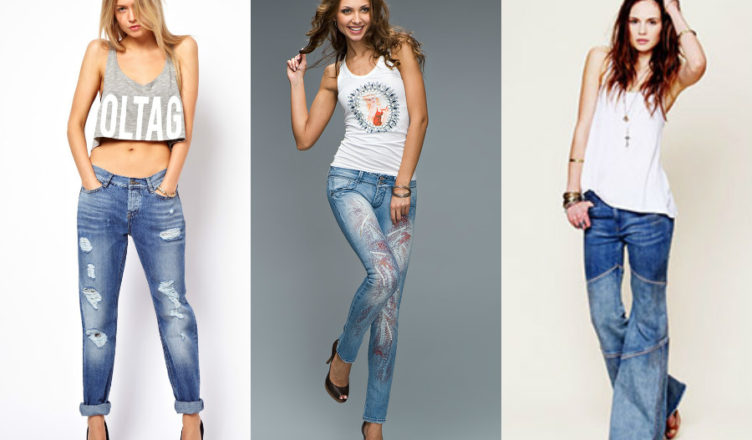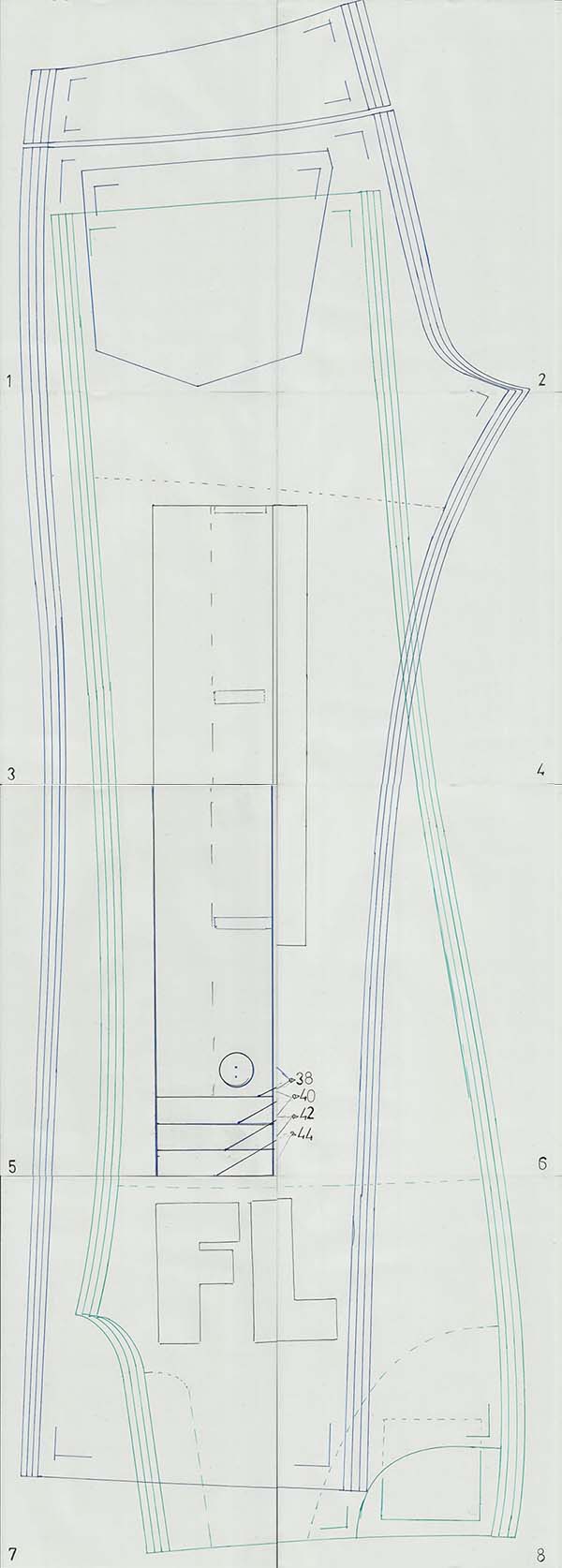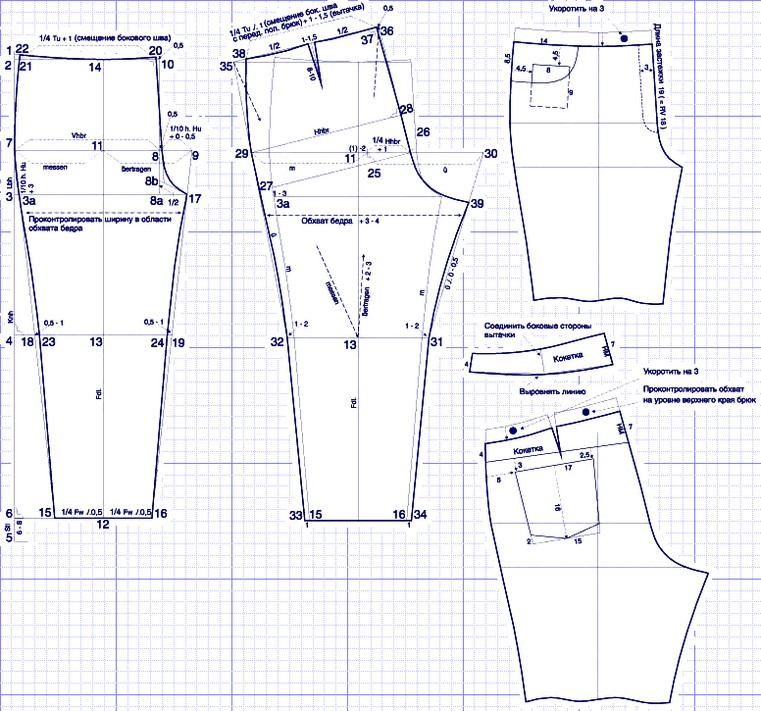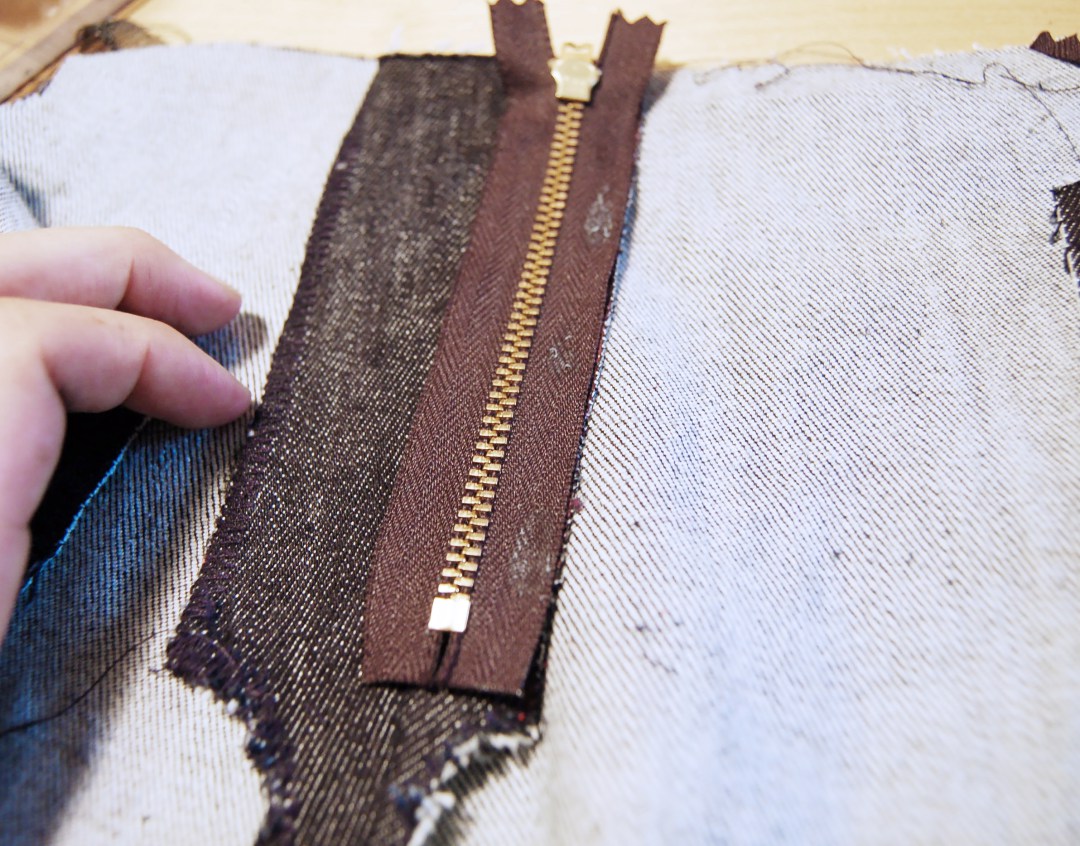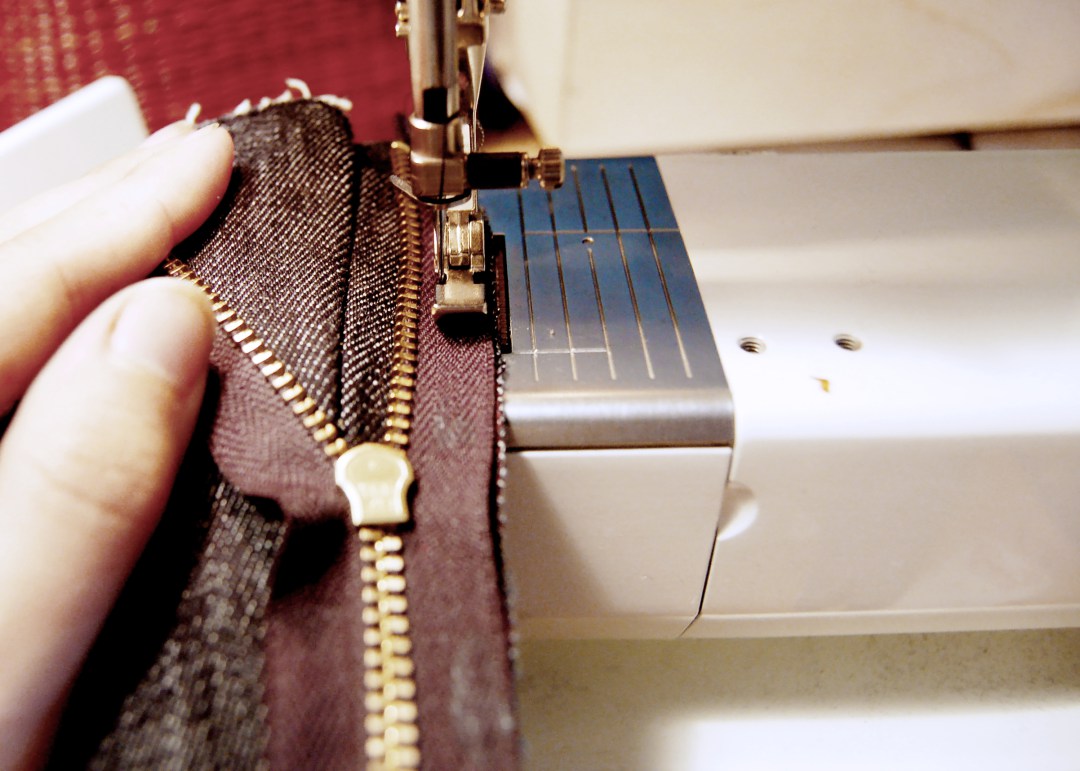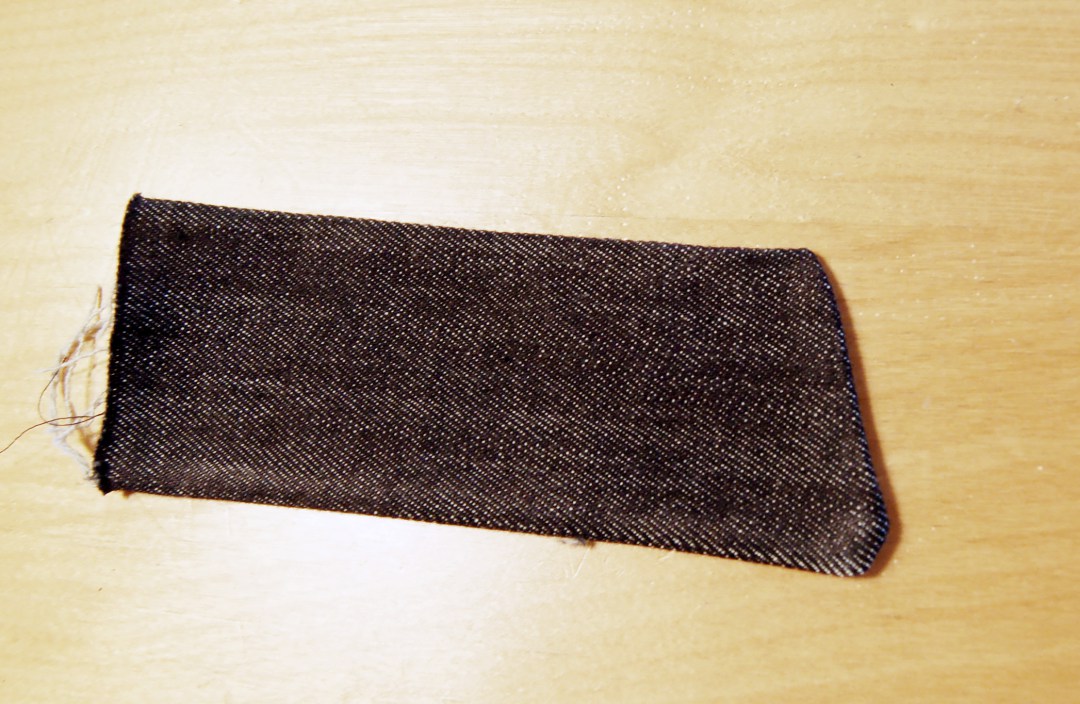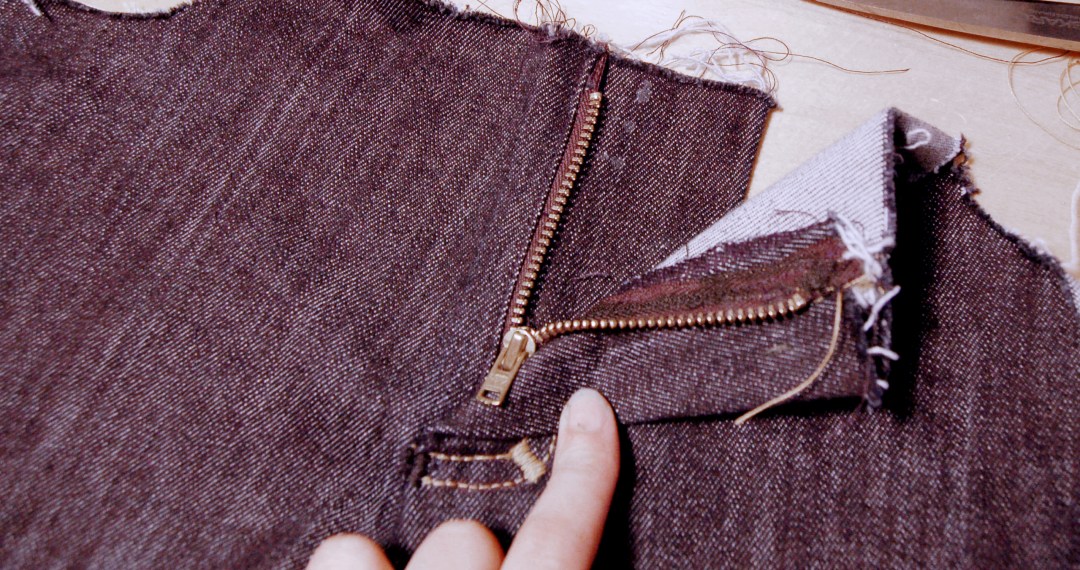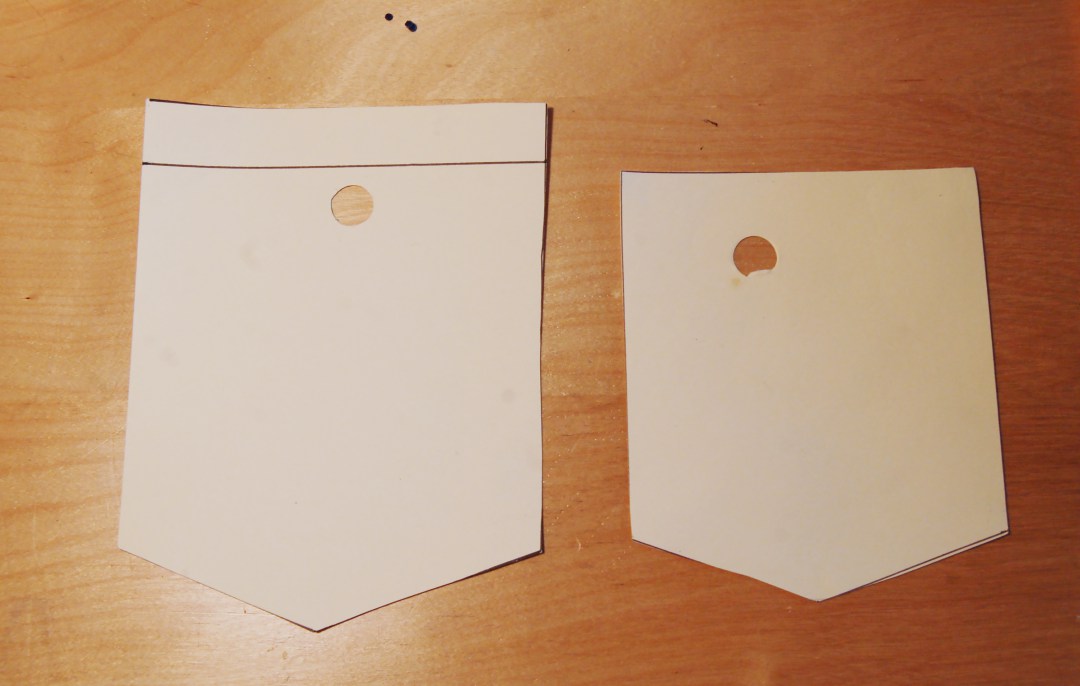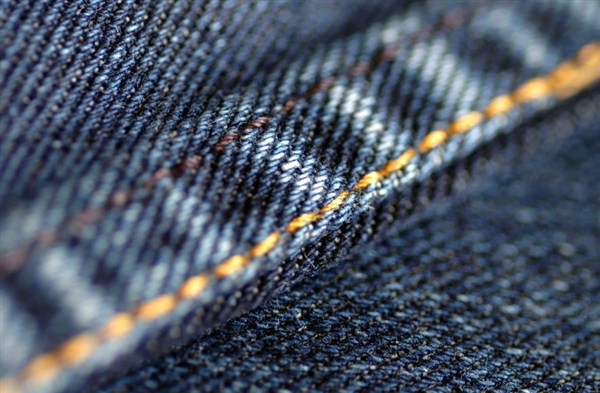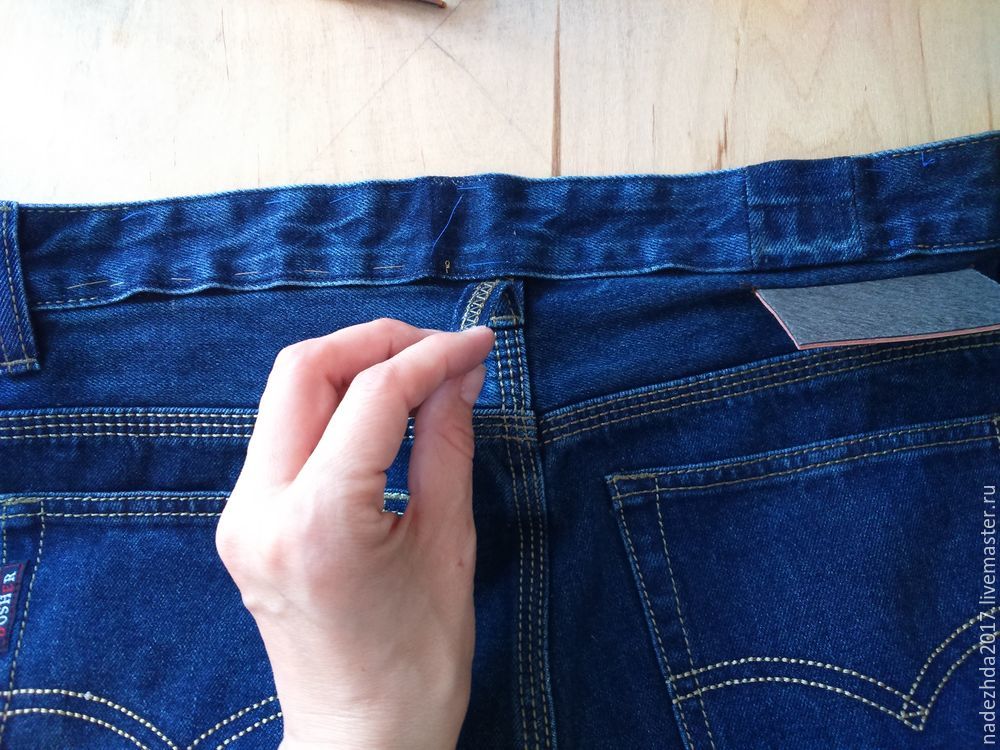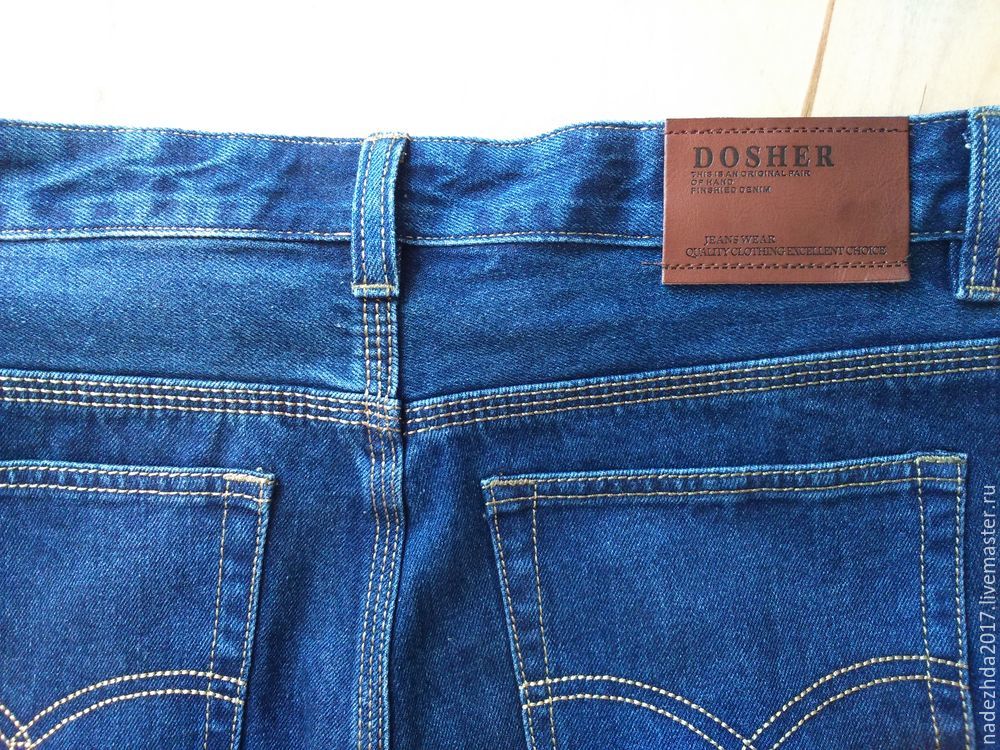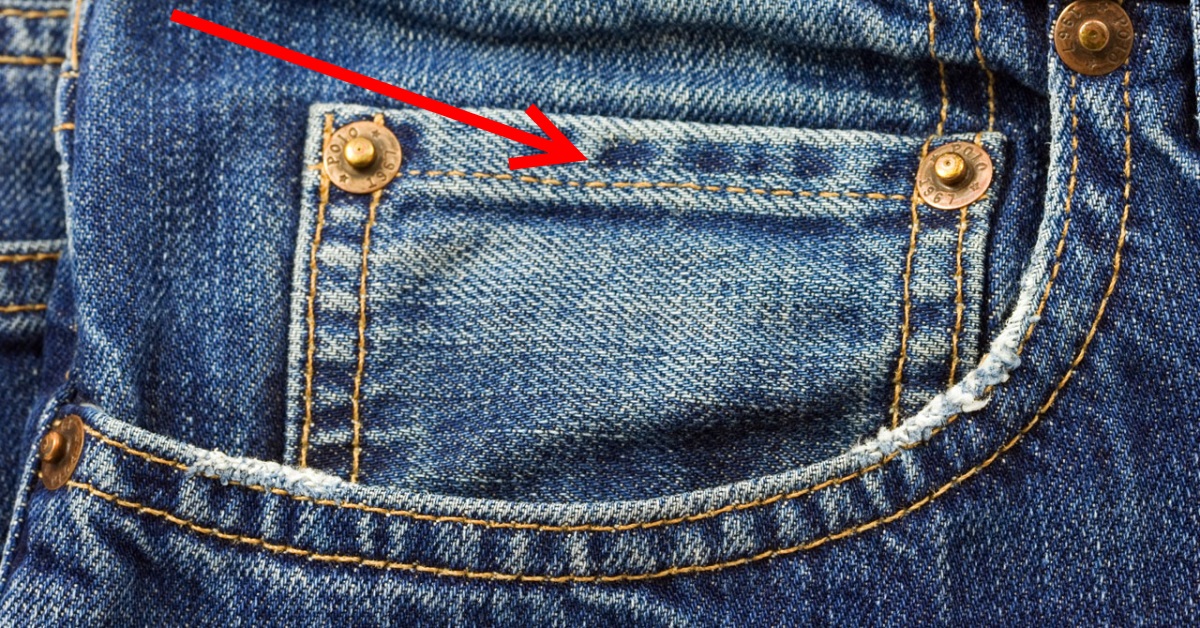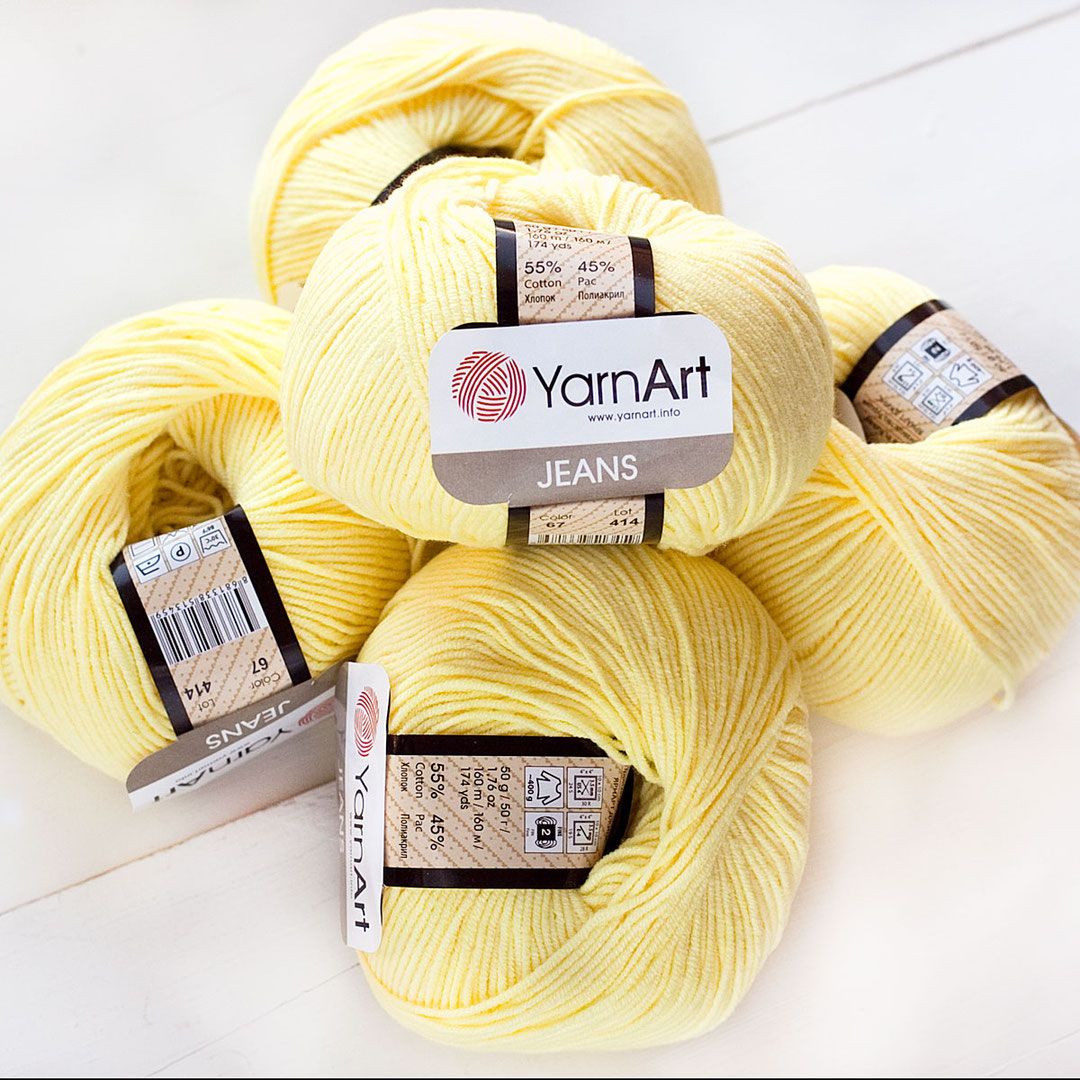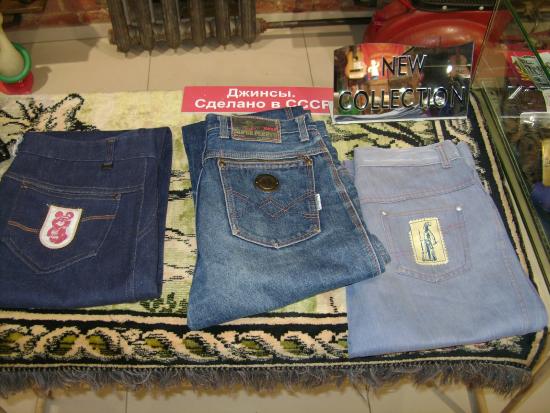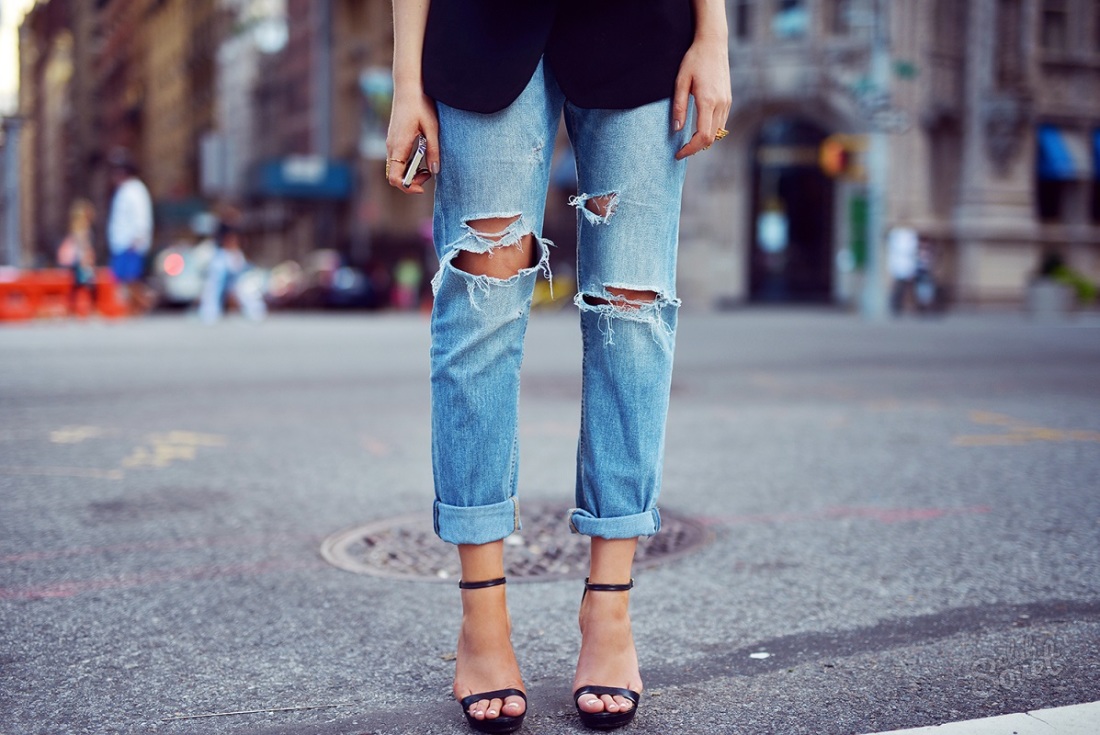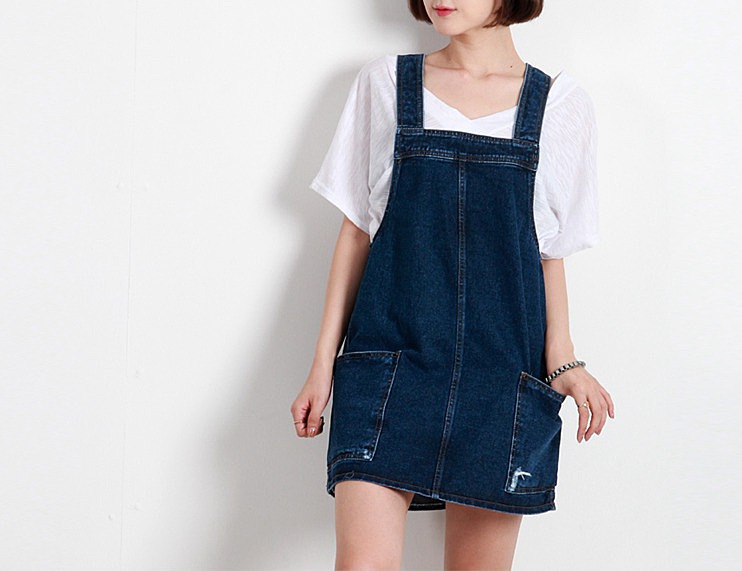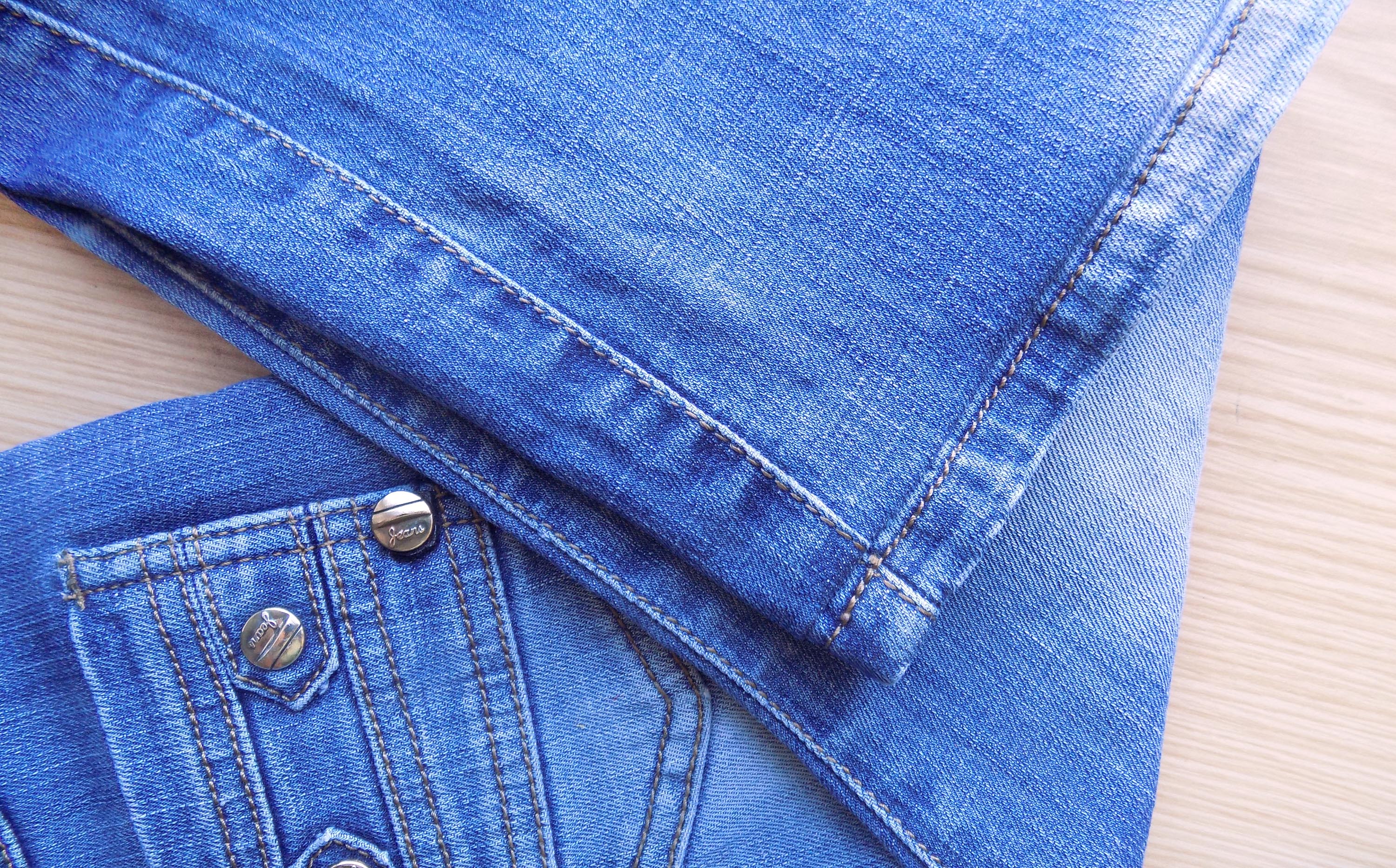Jeans are a very popular outfit today, which goes well with a variety of clothes. A craftswoman will be able to sew jeans on her own if she takes into account the advice of experts. The task is not an easy one, because not all people have special equipment for working with thick fabric. There is a way out of any situation, if you know how to sew jeans with your own hands, it will not be difficult to do.
Choice of style and fabric
If a craftswoman decides to sew jeans with her own hands, she must begin work by choosing a style. If all operations are performed efficiently, the model will turn out incredibly beautiful and neat. But if it does not fit the female figure perfectly, there will be no pleasure from the result. Fashion stylists and designers claim:
- For tall girls with thin legs, the "skinny" style is ideal. But those ladies who have full legs, massive shoulders or an overly lush bust will have to give up this style. A straight style, "bananas", "flares" will suit them better;
- classics suit almost all body types. Such jeans are easy to combine with almost all clothing styles. Therefore, they are ideal for those beauties who do not like to spend a lot of time choosing a daily outfit;
- "Boyfriends" are suitable for representatives of the fair sex with ideal proportions. Visually, they will make the girl's hips more lush and her legs shorter. Short ladies and girls with lush hips should refuse boyfriends. If a short girl really wants to sew boyfriends, she should wear them with high heels: pumps or stiletto sandals will perfectly complement the look.
When choosing fabric, pay attention to the method of its dyeing. Denim should be dyed with natural substances, otherwise, during wear, the jeans will fade and stain your legs. Rub the fabric with your fingers or a damp cloth to see if the dye comes off. If this happens, refuse to buy such denim.
The density of the fabric is selected according to the season. Light models intended for wearing in spring and summer heat are best made of lightweight denim. And winter options can be dense, but it will be difficult to work with such fabric.
The more elastane fibers in the fabric, the more elastic the jeans will be.
Taking the necessary measurements and cutting out the pattern
If you have no sewing experience, you can use a ready-made pattern sample. You need to select patterns that will be narrowed towards the bottom and equipped with four pockets: two in the front, two in the back. Such patterns will allow you to make a model from any material: jeans, denim, corduroy. They are used to create a pattern in accordance with the chosen style, but for this you will need to supplement the drawing.
Jeans sizes are determined by the girl's hip circumference, so you will need to take measurements using a tape measure. Carefully measure all parameters so that the jeans you sew yourself fit your figure in the best possible way. Write down the measurements you take on a piece of paper to avoid mistakes in subsequent work.
| Jeans size | Hip volume, cm. |
| 38 | 96 |
| 40 | 100 |
| 42 | 104 |
Once the measurements have been taken and the required size has been selected, you will need to print out the pattern and cut out the pieces of the required size.
Sew the parts together
After the fabric has been cut, the individual parts of the future product will need to be connected to each other. We will tell you how to sew jeans correctly so that they serve for the longest possible time without losing their original characteristics:
- work should begin with the back center seam, also known as the fork seam. You should sew together two fragments of the back of the future jeans and process the resulting seam with an overlock. At the same time, stitch another seam to ensure that the individual parts of the future outfit are as securely fixed to each other as possible;
- Next, along the outer side edges, you will need to sew the back parts of the model to the front. Experts recommend using an overlock for the folded edges of the created seam. You can also process each edge of the seam separately and smooth them out on the sides using an iron.
Before work, the fabric should be ironed to avoid creases. The main thing is to choose the right operating mode of the unit so as not to spoil the fabric.



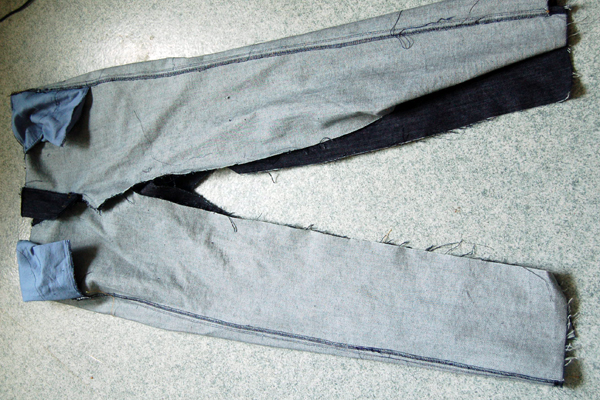
Sewing in a zipper
To comfortably put on jeans made by yourself, you will need to purchase and sew a zipper into the product. To sew in such an element, you will need to use an awl or other sharp tool. With its help, in the front, where the fork seam ends, you need to make a hole taking into account the seam allowance of about 0.5 cm. You can perform the operation using this method faster than using a ballpoint pen and tracing paper.
Next, an additional cut is made, located 1.5 cm above the fork seam. It is necessary to determine the end point of the zipper.
The zipper is positioned with the wrong side up on the right side of the area where it will be fixed. For more precise fixation, it is worth using light fabric glue. You should not use pins for this purpose: this may lead to the fabric becoming tight. Then you need to sew the piece on the other side.
You need to create a drawing of the nameplate, which is fixed on the back side of the zipper. It needs to be sewn and turned inside out. After that, place the fly on the right side, over the material on the zipper, fix it and sew it. It remains to sew the second element of the zipper to the base.
Back pockets
Each detail of the pockets of the future jeans should be ironed, and then the edges should be organized for hemming seams with the same iron. The pockets should be fixed to the jeans with pins and stitched. It is worth duplicating the seam and finishing the ends with a zigzag.
Processing edges and hemming trousers
To make the product look as neat as possible, it is important to process the edges of the legs correctly. The edges are processed with a chain or shuttle stitch. For skinny jeans with elastane, it is better to prefer a chain stitch, it will not allow the line to break when putting on jeans when the fabric stretches.
Belt loop
In order to be able to wear a belt, you need to sew belt loops on your jeans. Do not make them too wide, as in this case it will be problematic to insert the belt into the belt loops. The details are located at a distance of 8-10 cm from each other along the entire waist of the model.
The belt loops need to be ironed in such a way that the allowances are inside. Then you will only need to sew one line. Then the belt loops are fixed to the model with safety pins and sewn on at both ends.
Installing rivets
Rivets are necessary on jeans not only for decoration, but also for functionality. They are fixed to the fabric using a hammer and a special fixer, which is sold in sewing shops.
You can sew jeans with your own hands at home, without any special equipment. The main thing is to show restraint, performing all operations consistently, carefully, without haste. This will allow you to get a really high-quality product that will perfectly fit the figure of a representative of the fair sex, give her charm and subtle style.
Video

